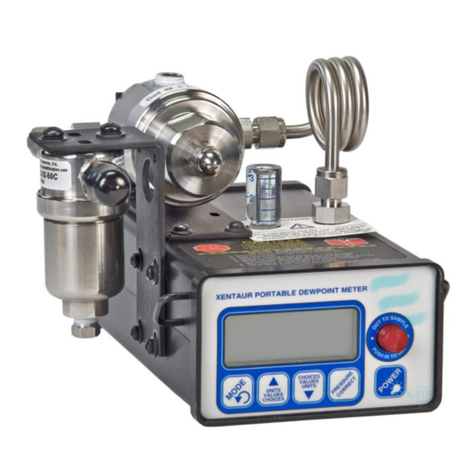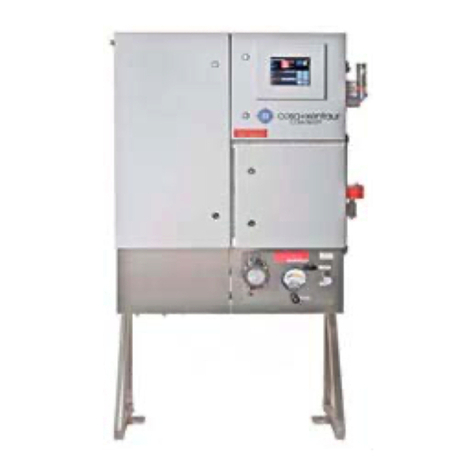
INSTALLATION, OPERATION AND MAINTENANCE MANUAL – COSA
9610™
5 | Page
1.7.2. Operation......................................................................................................................................... 21
1.8 Flow alarm ............................................................................................................................................... 21
1.9 System maintenance.............................................................................................................................. 23
2. INSTALLATION....................................................................................................................................... 24
2.1. GENERAL................................................................................................................................................. 24
2.2. STORAGE ................................................................................................................................................ 24
2.3. PLACEMENT............................................................................................................................................ 24
2.3.1. General ............................................................................................................................................ 24
2.3.2. COSA 9610™ in general purpose execution ............................................................................. 25
2.4. MECHANICAL CONNECTIONS.............................................................................................................. 25
2.4.1. General........................................................................................................................................ 25
2.4.2. Sample supply............................................................................................................................ 27
2.4.3. Calibration gasses...................................................................................................................... 27
2.4.4. Instrument Air Input ................................................................................................................. 27
2.5. ELECTRICAL CONNECTIONS ....................................................................................................... 27
2.5.1. Analyzer electronics (ATEX application). .................................................................................... 27
2.5.2. Analyzer electronics (NEC US application). ................................................................................ 28
3. IN OPERATION....................................................................................................................................... 28
3.1. START-UP SAMPLE CONDITIONING SYSTEM.............................................................................. 28
3.1.1. Inspection, visual and external connections .............................................................................. 28
3.1.2. Air orifice selection......................................................................................................................... 29
3.1.3. Opening of shut-off valves ........................................................................................................... 29
3.1.4. Setting of gas pressure reducer................................................................................................... 29
3.1.5. Adjusting flow with flow meters .................................................................................................. 29
3.1.6. Adjusting booster relays................................................................................................................ 30
3.2. START-UP OF THE CONTROL UNIT............................................................................................ 31
3.2.1. Description.................................................................................................................................. 31
3.2.2. Programming the measurement parameters......................................................................... 31
3.2.3. Main screen.................................................................................................................................... 32
3.3. PROGRAMMING MENUS ...................................................................................................................... 36
3.3.1. Calibration Menu........................................................................................................................ 36
3.3.2. Operation Menu........................................................................................................................ 36





























